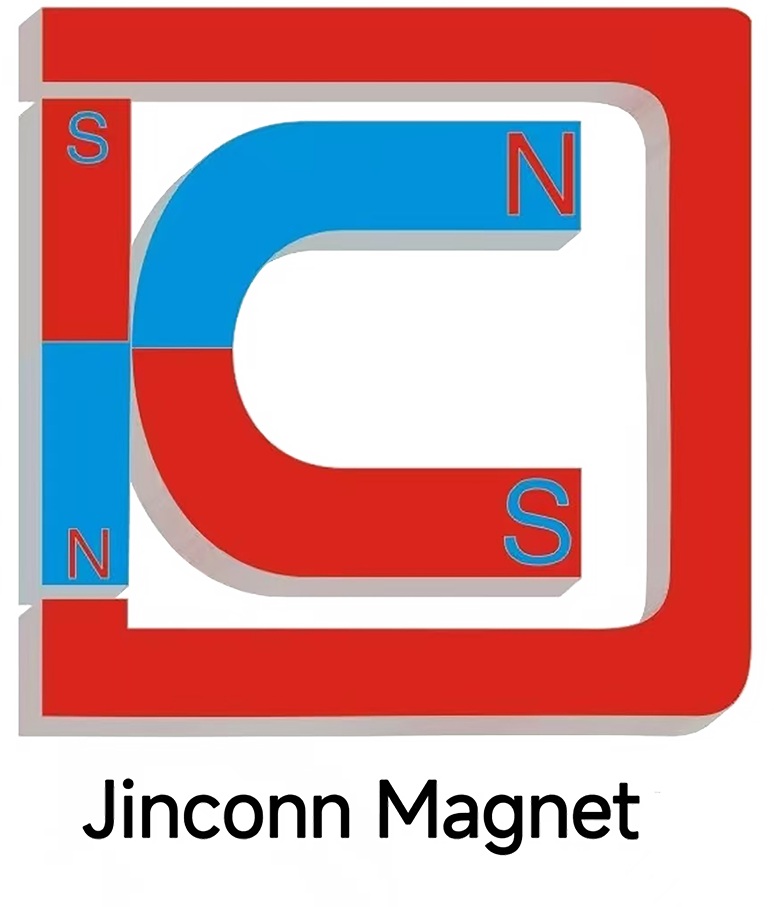Advanced Manufacturing Techniques for High-Performance Magnets
Advanced Manufacturing Techniques for High-Performance Magnets
Introduction
As technology rapidly evolves, high-performance magnets have become essential components across a variety of cutting-edge industries, from electric vehicles and renewable energy to consumer electronics and medical devices. Key advancements in magnet manufacturing techniques are now enabling the production of magnets with greater magnetic strength, coercivity, and thermal stability. Material scientists and engineers continue to innovate, focusing on cost efficiency, miniaturization, and sustainability, while maintaining or improving key magnetic performance characteristics.
Innovations in Magnet Manufacturing
1. Precision Powder Metallurgy
Powder metallurgy remains the dominant method for manufacturing rare earth magnets, particularly neodymium magnets (NdFeB). Through advancements such as hot isostatic pressing (HIP) and spark plasma sintering (SPS), manufacturers can produce magnets with a highly uniform microstructure and increased magnetic flux density. These processes help to maximize the energy product, allowing for smaller, more powerful magnets that are ideal for miniaturized devices and high-efficiency electric motors.
2. Grain Boundary Engineering
A key challenge for high-performance magnets is improving coercivity—the resistance to demagnetization—without sacrificing magnetic strength. Modern grain boundary engineering, which includes controlled doping with elements like dysprosium or terbium, enables the creation of fine, uniform grains and optimized boundaries within the magnet. This results in magnets with superior high-temperature performance, making them suitable for demanding environments in automotive, aerospace, and renewable energy applications.
3. Additive Manufacturing (3D Printing)
The rise of additive manufacturing is transforming the way magnets are designed and fabricated. 3D printing enables the creation of custom-shaped and complex geometries that were previously impossible or costly to achieve with traditional methods. This allows for the direct integration of magnets into components, reducing assembly steps and enabling entirely new applications—such as embedded sensors and advanced robotics—while maintaining high magnetic strength and precision.
4. Advanced Coating and Surface Treatment
To ensure long-term durability and performance, modern manufacturing emphasizes advanced surface treatments. Techniques like nano-coating, electroless plating, and multilayer protective films are applied to magnets to prevent corrosion and degradation. These coatings are especially crucial for high-temperature magnets used in humid, corrosive, or high-vibration environments.
5. Eco-Friendly and Resource-Efficient Processes
With increasing concerns over the supply and environmental impact of rare earth elements, manufacturers are developing recycling-based and resource-efficient processes. Innovations include closed-loop recycling for rare earth magnets and new production techniques for rare earth-free magnets such as ferrite or iron-nitride magnets. These sustainable approaches help reduce dependency on critical raw materials while maintaining high levels of magnetic performance.
Future Trends
As industries demand even greater performance and reliability from magnets, manufacturing techniques will continue to evolve. Key future trends include:
Further miniaturization: As devices become smaller, the need for precise micro-magnet fabrication using techniques like micro-molding and laser machining will grow.
Data-driven manufacturing: AI and machine learning are being used to optimize production parameters, predict performance, and reduce defects.
Hybrid and composite magnets: Combining different materials through advanced processing methods to achieve tailored magnetic and mechanical properties for specialized applications.
Conclusion
Advanced manufacturing techniques are at the heart of the next generation of high-performance magnets. Through innovations in powder metallurgy, grain boundary engineering, additive manufacturing, and surface treatment, manufacturers can now create magnets with superior magnetic strength, energy product, and thermal stability. As technology moves forward, these techniques—coupled with sustainable practices and intelligent process control—will continue to shape the future of magnet development, driving progress in electric mobility, renewable energy, and high-tech industries around the globe.




Jinconn WeChat









